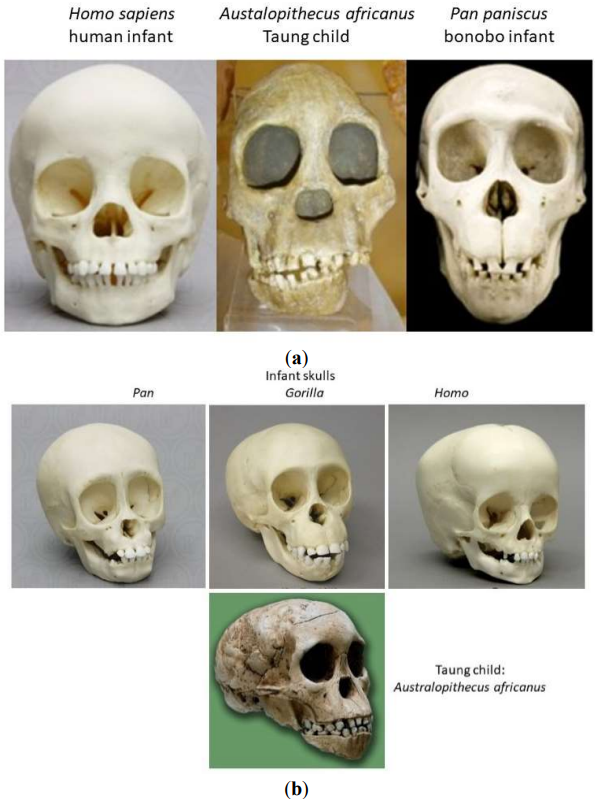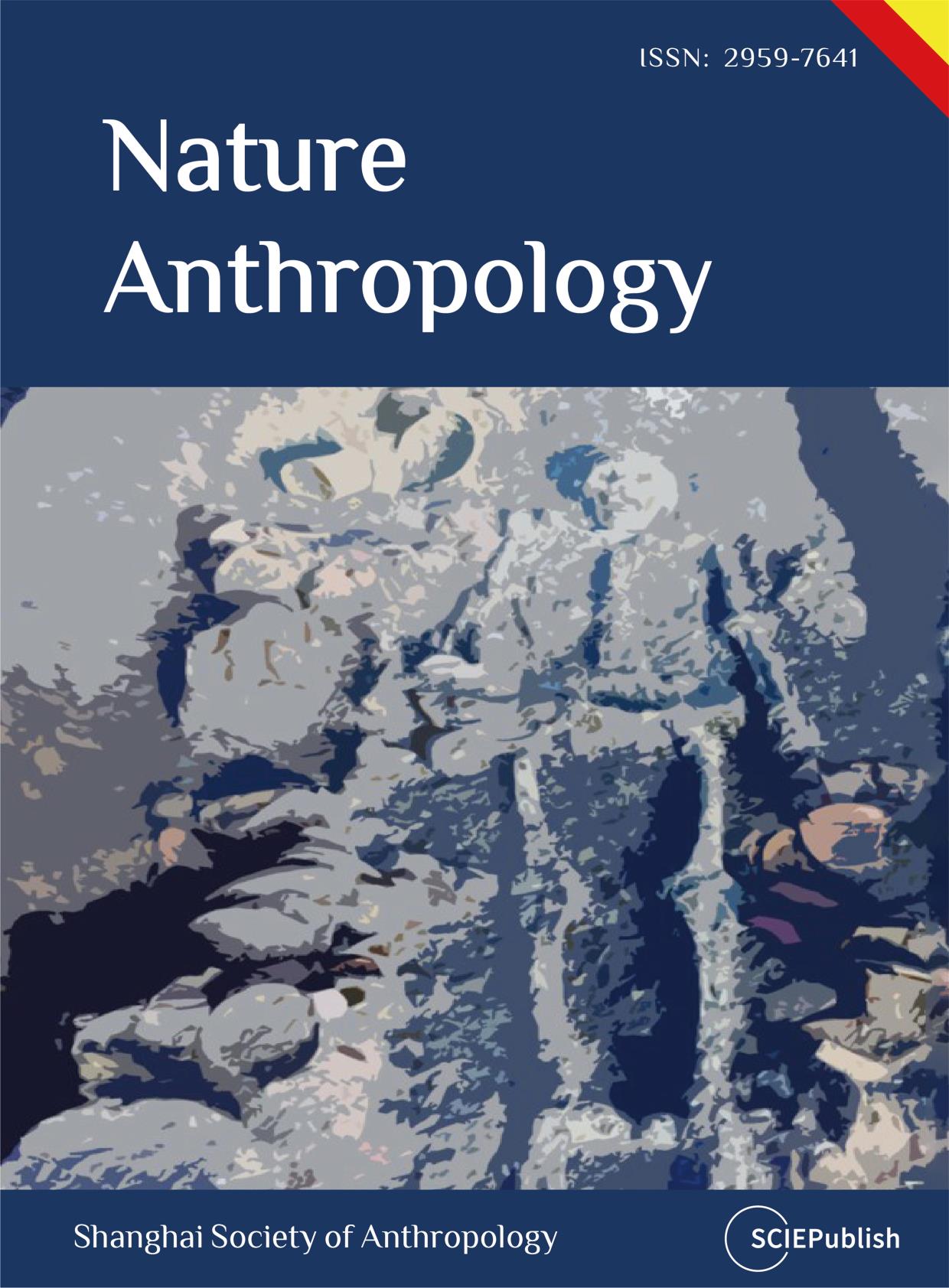Found 3 results
Letter
15 December 2023Have We Been Barking up the Wrong Ancestral Tree? Australopithecines Are Probably Not Our Ancestors
The dominant paradigm regarding human evolution since the split with Pan considers australopithecines as hominins, i.e., the closest relatives and/or direct ancestors of Homo. Historically, this paradigm started from the assumption that the Homo/Pan/Gorilla last common ancestor was a knuckle-walking ape that evolved into the fully upright (orthograde), obligate bipedal genus Homo, whereas Pan and Gorilla remained knuckle-walkers. Obligate terrestrial upright bipedalism, unique for our species, is an odd locomotor behaviour for a primate. Therefore, it had become generally accepted that a cooler and drier African climate had caused deforestation, which had forced our ancestors to develop upright bipedalism as an adaptation to living on open grassland savannah. This view, already held by Lamarck and Darwin, appeared most parsimonious in the almost complete absence of fossils. The discovery in the 20th century of australopithecine fossils, bipedal apes with small brains, in open country in southern and eastern Africa corroborated the savannah paradigm. Therefore, australopithecines are considered hominins. However, it is now recognized that most australopithecines instead lived in a mosaic of forests, grasslands and wetlands, and better knowledge of their fossils clearly indicates that they possessed several climbing adaptations. Moreover, none of the extinct ape species older than Australopithecus and Paranthropus for which postcranial remains have been described (e.g., Morotopithecus, Sahelanthropus, Orrorin, Ardipithecus) were knuckle-walking. On the other hand, upright posture/gait is already present to different degrees even in Miocene apes. Moreover, the notion that hominoid orthogrady is a primitive characteristic is corroborated by the growing consensus that knuckle-walking is not a primitive trait but has evolved in parallel, independently in both Pan and Gorilla. Consequently, it is possible that australopithecines are not transitional between a semi-erect ancestor and upright bipedal humans, but to the contrary, are intermediate between a more upright ancestor and extant semi-erect African apes. In summary, hypotheses that attempt to explain how a semi-erect Homo/Pan last common ancestor transitioned into the bipedal australopithecines as an adaptation to life on the savannah appear to be ill-conceived and moreover seem to have been superfluous from the very start. We review the numerous similarities between australopithecines and extant African apes, suggesting that they are possibly not hominins and therefore not our direct ancestors. We suggest that we may have been barking up the wrong ancestral tree, for almost a century.

